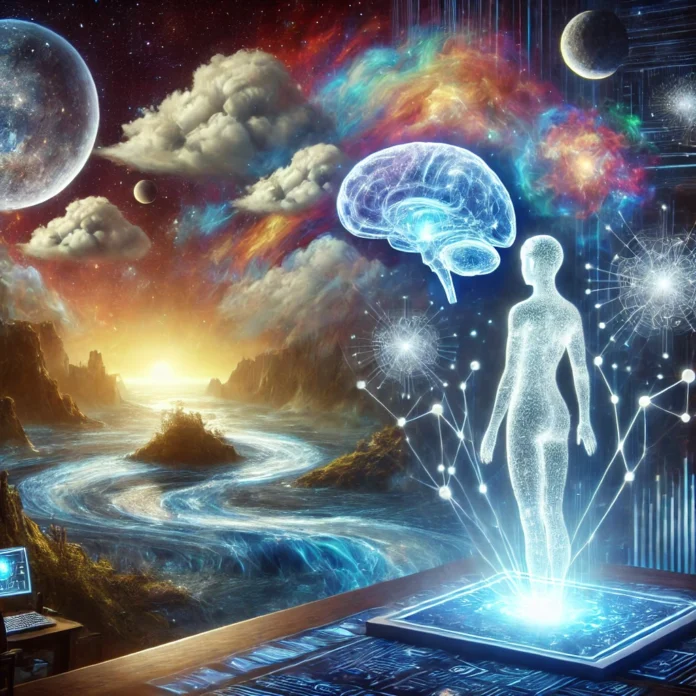For centuries, humans have been fascinated by dreams—those mysterious, fleeting images and emotions that appear when we sleep. Psychologists, neuroscientists, and philosophers have long debated the meaning and purpose of dreams. Now, artificial intelligence is entering the conversation, offering groundbreaking ways to analyze, decode, and even visualize our subconscious experiences. Could AI unlock the hidden language of our dreams?
The Science Behind Dream Analysis
Dreams are generated by complex neural activity in the brain, primarily during the Rapid Eye Movement (REM) sleep cycle. Traditional dream analysis has relied on subjective interpretations, often based on Freudian or Jungian theories. However, neuroscientists today are turning to AI and machine learning to bring scientific precision to dream interpretation.
How AI is Learning to Decode Dreams
AI is being trained to interpret brain activity and translate it into meaningful images or concepts. Here’s how it works:
1. Brainwave Analysis with AI
- Advanced EEG (electroencephalography) and fMRI scans capture electrical signals and blood flow in the brain while a person sleeps.
- AI models analyze these signals and correlate them with known patterns of thought and memory.
- Over time, the AI learns which brain signals correspond to specific dream content.
2. AI-Powered Image Reconstruction
- Researchers at institutions like Kyoto University in Japan have trained AI to reconstruct images based on brain scans.
- Using deep learning algorithms, the AI interprets neural activity and generates an approximation of what the person was seeing in their dream.
- The results are still rough, but they suggest a future where AI could literally “paint” a dream based on real-time brain data.
3. Predicting Dream Themes
- By analyzing large datasets of reported dreams, AI can predict recurring themes and symbols in an individual’s dreams.
- AI-powered applications like DreamNet and Shadow use deep learning to find common patterns in user-submitted dreams, creating a more objective way to analyze subconscious thoughts.
The Role of AI in Lucid Dreaming
Lucid dreaming—where the dreamer is aware they are dreaming and can control their dreams—is another area where AI is making strides. Some wearable devices now use AI to:
- Detect when a person enters REM sleep.
- Deliver subtle sensory cues (like vibrations or audio prompts) to trigger lucidity.
- Record and analyze dreams over time to help individuals train themselves for more controlled dreaming.
Ethical and Philosophical Questions
While AI-driven dream decoding is an exciting frontier, it raises important ethical questions:
- Privacy Concerns: If AI can access and decode dreams, could this technology be misused for mind-reading or psychological manipulation?
- Dream Ownership: If AI generates an image of your dream, who owns that intellectual property—you or the AI?
- Impact on Mental Health: Could AI-driven dream analysis replace traditional therapy, or might it create new anxieties about subconscious thoughts?
The Future of AI and Dreams
The idea of “dream recording” may still sound like science fiction, but the rapid evolution of AI suggests that it could become a reality sooner than we think. Imagine a world where you can:
- Replay your dreams as a movie.
- Use AI-generated dream reports for therapy and self-improvement.
- Train AI to influence your dreams for creative problem-solving.
As AI continues to evolve, it may bring us closer to understanding the hidden world of dreams—one of humanity’s last great mysteries.





